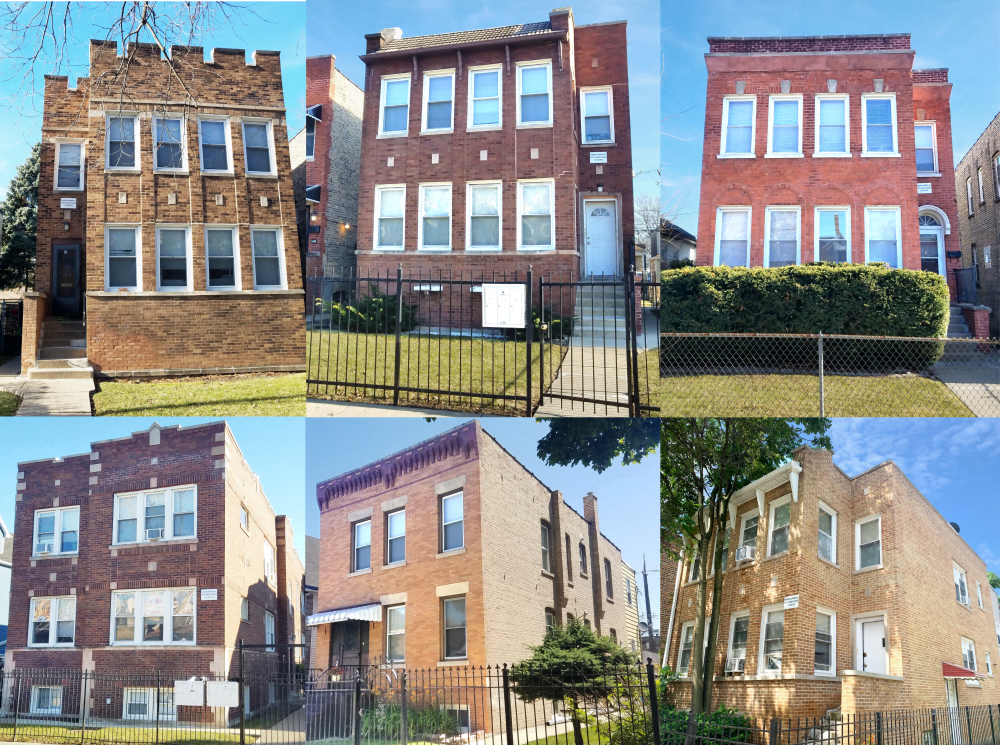08.02.19
Forbes: Commercial Property Sales: 12 Improvements That Can Lead To Bigger Returns

When a property owner is considering selling a commercial property, then part of the process is looking at what can be done to make the site more attractive to buyers in order to help earn more through the sale.
Improvements vary in complexity and cost, and not all of them make sense for every building. To find out more about which kinds of improvements are worth consideration, members of Forbes Real Estate Council discuss some of the changes owners can make in order to bring about the most return when reselling a commercial property. Here is what they said:
1. Contemporary Amenities
When reselling a commercial property, adding contemporary amenities could help position your property well to maximize your return. For urban office buildings, consider converting an unused rooftop into a landscaped garden for events, outdoor meetings and lunch breaks. In office complexes, adding fitness or a trendy food or coffee concept is also a strong option to increase appeal to buyers. –Gary Beasley, Roofstock
2. Improvements That Push NOI
Commercial properties are valued based upon the net operating income they produce. Improvements that encourage higher revenue or lower expenses will allow the investor to maximize their return. Tenant improvement dollars to spec out an office suite can help it lease more quickly. Maintaining mechanical systems to maximize their efficiency will produce lower utility bills on the expense side, leading to higher NOI. – Adam Finkel, Tower Capital, LLC
3. Curb Appeal And Paint
A new sign band for a retail center or a fresh lobby and hallways in an office building are the most obvious improvements. However, those costs must be weighed with the remaining terms of the existing leases and current market rates. Oftentimes, simpler things such as a resealed and striped parking lot, fresh paint and landscaping can give the biggest bank for the buck. – Bethany Babcock, Foresite Commercial Real Estate
4. Dog Parks
With apartments, we focus on giving tenants the improvement that “make it a great place to call home!” Upgraded kitchens and baths are very popular. Fresh and fun common areas, like the pool area and fitness rooms, add value. And the No. 1 favorite on most tenant surveys is a dog park—pet owners love their animals and will place the pet happiness at the top of the list! – Michael Chesser, Apartment Income Investors Inc
5. Security And Parking
Every commercial property I’ve sold quickly had a tall perimeter fence, an automatic gate, security cameras and flood lights throughout the property, motion sensor lights around the building, which created a sense of security for the purchaser’s belongings. Making sure the parking area is completed with either pavement or caliche pads, finished parking lots/pads along with security, is a winner. – Angela Yaun, Day Realty Group
6. Kitchens And Bathrooms
For multifamily properties, anything that increases rent during your ownership will bring the highest return. The most obvious improvements are updating kitchens and bathrooms. Although capital expenditure like roofs and boilers are important, they rarely add to the return the way improvements to units do. – Lee Kiser,Kiser Group
7. Unit Renovations, Other Amenities
Because commercial properties are valued based on the income they generate, the most valuable improvements are those that will increase the overall revenue of the property. These include things like interior unit renovations and increased curb appeal, which will help attract renters willing to pay higher rent, and amenities like trash valet, laundry, vending machines and covered parking. – Annie Dickerson, Goodegg Investments
8. Unique Spaces
Generally, features that offer something more interesting to the space are a win. For example, in a corporate setting, modern common or “social” areas can often lead to better collaboration and will be viewed upon as a unique asset. Additionally, smart features such as lighting controls incorporated into voice-activated systems help commercial tenants with their energy-saving initiatives. – Nathaniel Kunes, AppFolio Inc.
9. Restaurant Fixtures
We are constantly evaluating investment offerings, and one trend we have noticed is that properties with restaurant fixtures (grease trap, hood, plumbing, etc.) tend to trade above the average price per square foot in a given area, regardless of occupancy. While commercial properties are typically valued based on NOI, even vacant or value-add properties with these fixtures trade at a premium. – Catherine Kuo, Elite Homes | Christie’s International Real Estate
10. Automation Options
It’s 2019 and the Jetsons cartoon has become reality. From security systems to heating to lighting, you can monitor and control everything from your smartphone. Buyers and lessors want automation and they want everything smart. The switch is well worth the investment, and when it comes to heating and cooling it can save tenants lots of money, which means they will pay a premium to lease the space. – Chris Ryan, Beyond Properties Group (eXp Realty)
11. A Sample Value-Add Plan
Before selling your commercial property, renovate a small portion of the units and charge premiums from tenants. You can invest as little as $2,000, all the way to $7,000 per unit (mainly faux wood flooring, granite countertops, stainless steel appliances, two-tone paint, backsplash, etc). It’ll be easier to sell the property above market price because you can prove the upside of your property. – Ellie Perlman,Blue Lake Capital LLC
12. Increased Occupancy
Increasing occupancy is by far the most important way to increase the value. No matter how good the building or area is, there really isn’t much else to take into consideration when looking at value. Tenants and long-term leases are the best way to increase value and make the property more desirable. Commercial properties are based on cap rates and not comparable sales, so occupancy is a game changer. – Engelo Rumora, List’n Sell Realty
